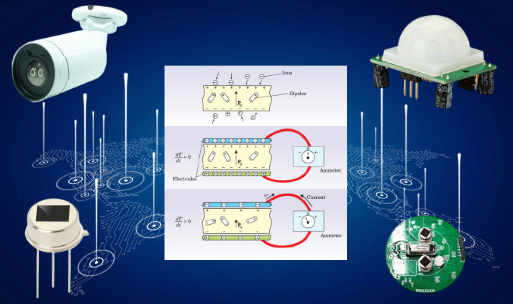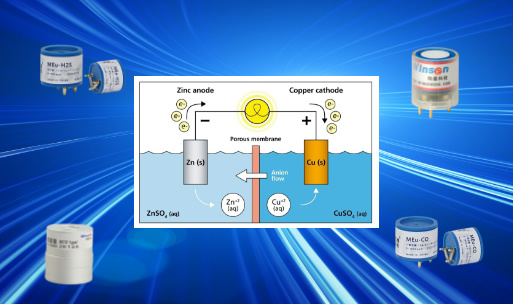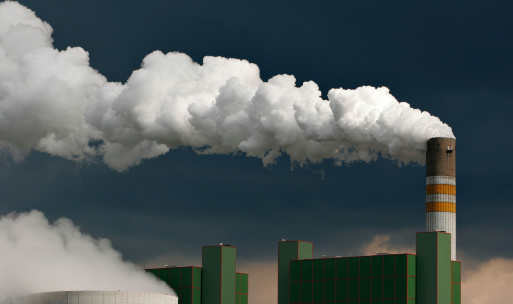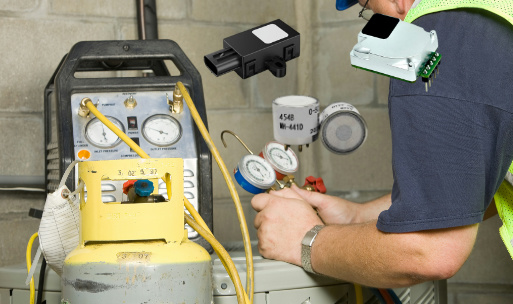Pressure Sensors in Water Heaters: Applications and Benefits
In today’s world, high-end water heaters are designed to offer the perfect blend of performance, efficiency, and safety. One of the key components in these advanced systems is the pressure sensor, which plays a critical role in monitoring and controlling water pressure. Without accurate pressure control, even the most sophisticated water heaters would fail to deliver consistent performance, safety, and longevity. In this article, we will explore the applications of pressure sensors in high-end water heaters, with a particular focus on how these sensors enhance system reliability, energy efficiency, and user experience.
How Pressure Sensors Work in Water Heaters
In high-end water heaters, pressure sensors are typically integrated into the system to continuously monitor the pressure of the water inside the tank or flow system. These sensors send real-time data to the control system, which can then make adjustments as needed to maintain optimal pressure. For instance, if the pressure drops below a set threshold, the system might adjust the flow rate or increase the heating output to compensate. If the pressure becomes too high, safety mechanisms can be triggered, such as pressure relief valves being activated or the heater temporarily shutting off.
The accuracy and responsiveness of pressure sensors are critical in these systems. High-end water heaters often utilize advanced ceramic pressure sensors, which are known for their durability, precision, and resistance to harsh operating environments.
The Importance of Pressure Control in Water Heaters
Pressure control is fundamental to the operation of any water heater, but in high-end models, precision and reliability are paramount. These heaters are engineered to provide consistently heated water, often with smart and energy-saving features that rely on real-time data. One of the primary ways that water heaters maintain functionality is by regulating water pressure.
1. Maintaining Consistent Water Flow and Temperature
One of the main functions of pressure sensors in water heaters is to ensure a consistent water flow and temperature. High-end water heaters are expected to deliver hot water instantly and at a stable temperature. Any fluctuation in pressure can lead to inconsistent water flow or sudden changes in temperature, which can negatively impact user experience.
Pressure sensors monitor the internal pressure levels and adjust the system to maintain optimal performance. For instance, if the water demand increases in a large household, the pressure sensor will ensure that the water heater compensates for the extra demand without compromising water temperature or flow.
2. Safety and Overpressure Protection
Safety is a critical aspect of high-end water heater design, particularly because these systems deal with pressurized water and high temperatures. Pressure sensors play a vital role in detecting and preventing overpressure situations. If pressure levels rise beyond a safe limit, the sensor will trigger safety mechanisms such as pressure release valves to protect the system from damage.
This overpressure protection is essential in preventing potentially dangerous accidents such as tank ruptures or water leaks. In the event of a system failure, the sensor can also communicate with the heater’s control system to shut off the unit or issue a warning to the user.
3. Optimizing Energy Efficiency
High-end water heaters are often designed with energy efficiency in mind, helping users reduce their energy consumption and environmental footprint. Pressure sensors contribute to this goal by ensuring that the system operates at peak efficiency. By maintaining the correct pressure, the water heater doesn’t need to expend excess energy to compensate for irregularities in water flow or heating demands.
In systems that use smart technology, pressure sensors can also help optimize the heater’s energy consumption in real-time. For example, during periods of low demand, the sensor can adjust the pressure to minimize energy usage while still keeping the system ready for immediate hot water delivery when needed.
4. Integration with Smart Water Heating Systems
As smart home technologies continue to evolve, high-end water heaters are becoming more advanced, offering users greater control over their water heating systems. Many high-end water heaters now feature integration with smart systems or the Internet of Things (IoT), allowing users to control their water heaters via mobile apps or voice assistants.
In these systems, pressure sensors provide crucial data that can be monitored remotely. Users can receive real-time updates on their water heater’s performance, including alerts if the pressure falls outside of the optimal range. This level of control ensures that users can take preventive action before problems arise, such as scheduling maintenance or adjusting settings to optimize performance.
5. Enhancing Durability and Reducing Maintenance
Ceramic pressure sensors, which are commonly used in high-end water heaters, are known for their durability and resistance to wear and tear. These sensors can operate effectively in harsh conditions, such as high temperatures and exposure to water, without losing accuracy or requiring frequent replacement.
The use of durable ceramic pressure sensors not only extends the lifespan of the water heater but also reduces the need for frequent maintenance. By accurately monitoring pressure levels and preventing issues like overpressure, these sensors help minimize wear on internal components, ensuring that the system operates smoothly over time.
Ceramic Pressure Sensors: The Preferred Choice for High-End Water Heaters
Ceramic pressure sensors are increasingly used in high-end water heaters due to their unique properties that make them ideal for this application. These sensors are used to monitor the pressure of the water inside the tank, providing accurate readings that help the system regulate temperature and flow.
Here’s how ceramic pressure sensors contribute to the overall performance of high-end water heaters:
1. High Precision and Accuracy
One of the main advantages of ceramic pressure sensors is their ability to provide high-precision pressure measurements. In water heaters, accurate pressure control is essential for delivering a consistent hot water supply. Ceramic sensors can detect even small fluctuations in pressure, allowing the control system to make fine adjustments in real-time.
Accurate pressure monitoring ensures that the water heater delivers a steady flow of hot water at the desired temperature, providing a comfortable experience for the user. Whether it’s a luxury home or a commercial setting, consistent water temperature is one of the hallmarks of high-end water heaters.
2. Resistance to Corrosion and Humidity
Water heaters are exposed to a wide range of conditions, including high humidity and potential corrosion due to constant water exposure. Ceramic pressure sensors are highly resistant to corrosion, making them ideal for use in water heating systems.
In traditional sensors, corrosion can lead to inaccurate readings or complete sensor failure, which can compromise the safety and performance of the water heater. Ceramic pressure sensors, on the other hand, maintain their integrity and functionality even in harsh environments, ensuring long-term reliability.
3. Long-Term Stability and Durability
High-end water heaters are designed to last for years with minimal maintenance. Ceramic pressure sensors offer long-term stability, meaning they maintain their accuracy and performance over extended periods without requiring frequent calibration or replacement.
This long-term stability is particularly important in high-end water heaters, where customers expect both durability and top-notch performance. By using ceramic pressure sensors, manufacturers can ensure that the water heater remains efficient and reliable over time, reducing the need for costly repairs and replacements.
4. High Temperature Tolerance
Water heaters, especially those designed for high-end applications, operate at high temperatures. This can put significant stress on components, including pressure sensors. Ceramic pressure sensors are capable of withstanding extreme temperatures without experiencing performance degradation.
In high-temperature environments, ceramic pressure sensors provide accurate readings and maintain their structural integrity. This high-temperature tolerance ensures that the water heater can function efficiently even when operating at peak levels, contributing to both safety and performance.
5. Safety and Overpressure Protection
Safety is a critical concern in water heaters, particularly when dealing with pressurized hot water. If the pressure inside the water heater becomes too high, it can lead to equipment failure, leaks, or even dangerous explosions.
Ceramic pressure sensors play a key role in monitoring pressure levels and ensuring that they remain within a safe range. When excessive pressure is detected, the system can take corrective actions, such as reducing the heating intensity or releasing pressure through a safety valve. This real-time pressure monitoring and control are essential for preventing accidents and ensuring the safety of the users.
Conclusion
Pressure sensors are an indispensable component of water heaters, ensuring that these systems operate safely, efficiently, and reliably. By maintaining precise control over water pressure, these sensors contribute to consistent hot water delivery, enhanced energy efficiency, and long-term durability. Ceramic pressure sensors, in particular, offer numerous benefits, including corrosion resistance, high-temperature tolerance, and long-term stability, making them the preferred choice for high-end applications.
As technology continues to evolve, the role of pressure sensors in water heaters will expand, enabling smarter, more efficient systems that provide users with greater control and convenience. Whether through smart integration, predictive maintenance, or improved energy management, pressure sensors will remain at the forefront of innovation in high-end water heating systems.









